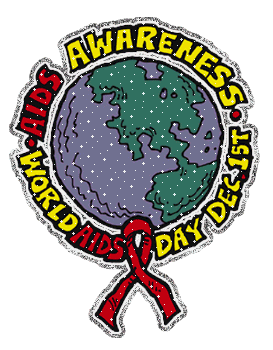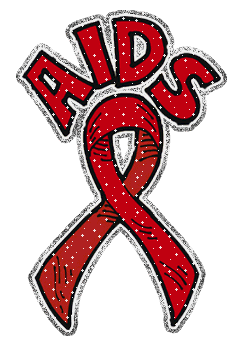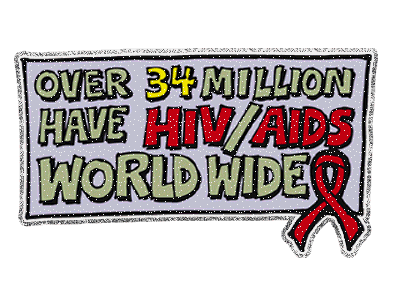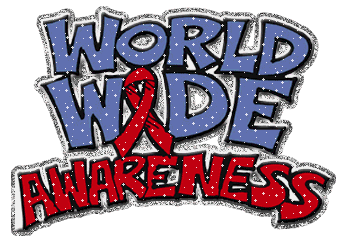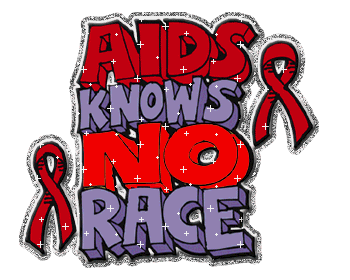World AIDS Day 2018
December 1st. is World AIDS Day. A time where health providers and world health leaders come together with people to raise awareness about the global HIV problem and to curb prejudice and misinformation.
The first World AIDS Day, which started it all was on December 1st. 1988, and was a fairly big success at raising awareness and money to a, at the time, little known disease. But there is much work to be done and it's importanat for people to remember that the HIV AIDS epidemic hasn't gone anywhere and won't for some time to come.
This year in 2018 there are 191 countries participating in the observance and with good reason. As of 2010 there were 33.4 million people living with HIV, including 2.1 million children and during 2008 about 2.7 million people became newly infected with the virus globally. Almost half of all new HIV cases are of people that are under the age of 25 and most die before they are 35 mostly because of lack of education and a huge lack of funding.
U.S. HIV and AIDS Statistics and Transmission Reports
In the U.S., according to Avert, there are currently over 1 million people living with HIV and more than half a million people have died after developing the AIDS virus as of 2008 estimates.
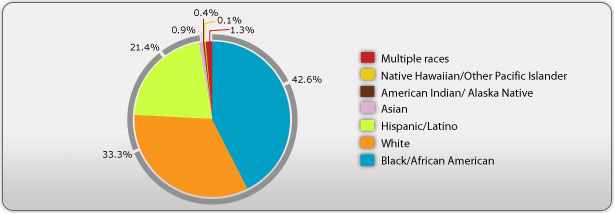
The graph above shows known AIDS cases in the U.S. according to race. As you can see African Americans make up over 42% of AIDS cases and white non-Hispanics make up over 33% which is something that needs to be worked on through better education and more available resources for testing and treatments.
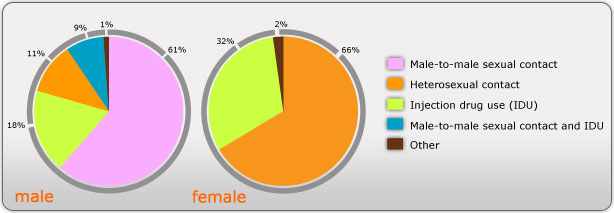
In the graph above you can see the drastic differences between men and women and how HIV is transmitted. In males over 60% of the transmission of HIV is through male to male sexual contact where as in women 66% of HIV transmission is through heterosexual contact. You can also see from the graph that injection drug use is also a large problem with spreading the virus.
By looking at the statistics we start to see patterns of behavior that need to be addressed in order to start a downword trend in HIV transsmission rates. That is what World AIDS Day is all about. We need to push for more funding, better education, and more HIV Testing facilities throughout the world and not just in the U.S.
HIV and AIDS Statistics by State
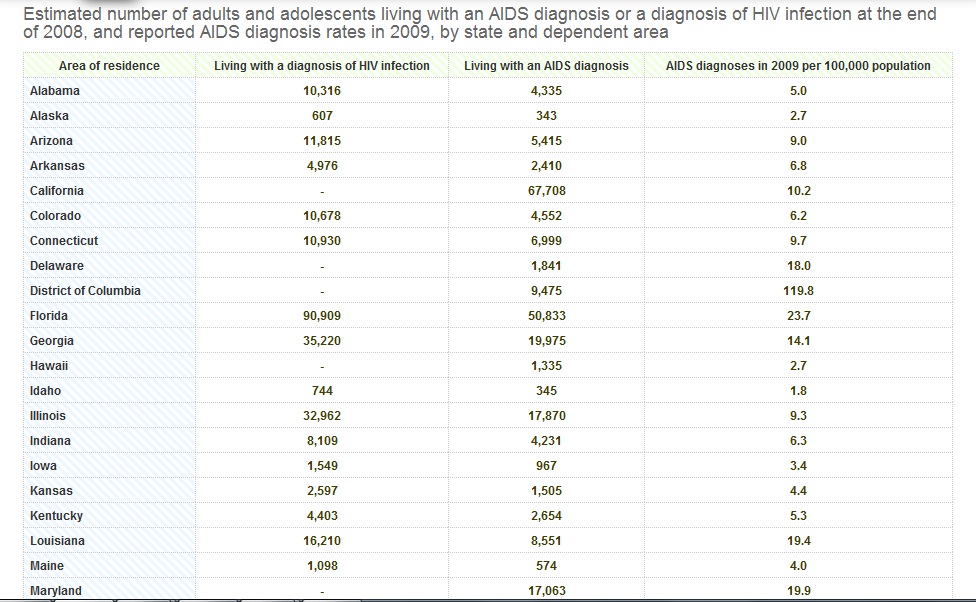

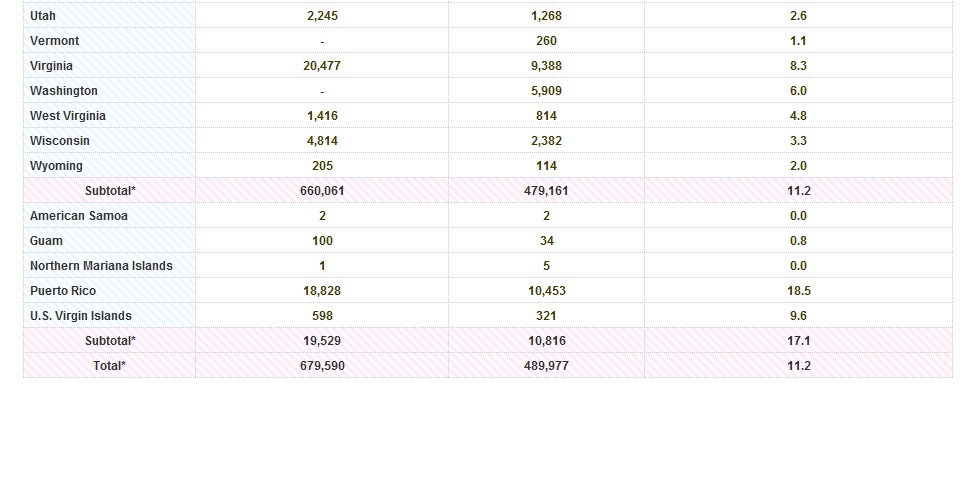
What is HIV and AIDS
HIV stands for Human Immunodeficiency Virus a deadly disease that is not curable and attacks the immune system weakening the body making it susceptible to many types of diseases and health issues that the body would potentially normally be able to fight off if the virus wasn't present.
HIV is transmitted through the exchange of bodily sexual fluids, infected blood, and through a womens breast milk. It's most often transferred by sexual contact but intravenous needle usage is a growing concern in the U.S.
Symptoms of HIV are usually minimal with some infected people experiencing flu like symptoms and rashes that can both be misdiagnosed and can go untreated which can be very dangerous as they don't know they are infected. The only way to know for sure if you or a partner is infected is through testing.
AIDS will develop after someone is infected with HIV and the virus seriously damages the immune system cells. After this happens the person is highly susceptible to other infections that the body cannot fight off and is then known to have full blown AIDS.
Preventing HIV and AIDS starts with testing. Making sure that you and your partner are not infected is your first defense and safest bet in not contracting the virus. Using protection and staying in a monogamous relationship and not sharing needles are other important steps that people should take in staying HIV free.
You can learn more about the HIV Virus Here
Show Your Support and add an HIV Awareness Ribbon to Your Website
